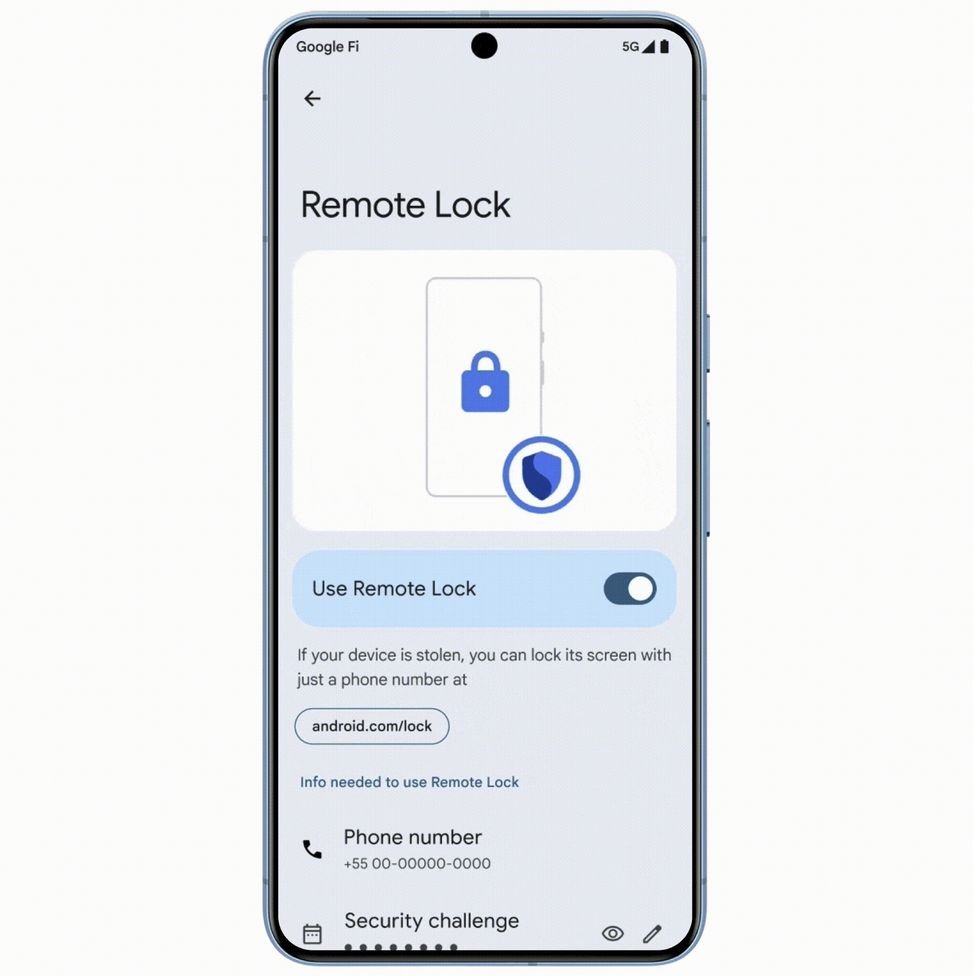Update your Android phone to block thieves from breaking into your device, Google announces

Android phone owners who upgrade to the next free operating system update will be able to enable Theft Detection Lock, which block opportunistic thieves from accessing your data
GETTY IMAGES











